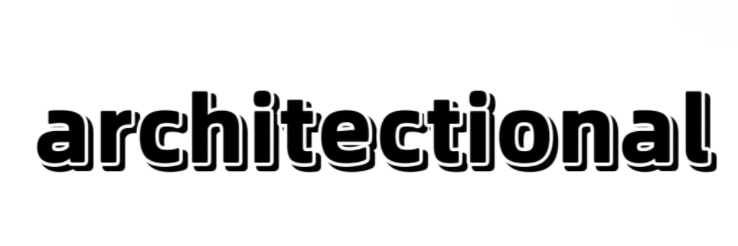Key Factors in Choosing Marine Navigation Equipment
Choosing the right marine navigation equipment is crucial for safe and efficient boating, whether you’re a seasoned sailor or a weekend leisure vessel enthusiast. With numerous options on the market, understanding the key factors involved in making this decision can ensure your time on the water is both enjoyable and secure. This article serves as a comprehensive guide to help you navigate through the complexities of selecting the best marine navigation equipment for your needs.
Understanding Your Needs
The first step in selecting marine navigation equipment is to assess your specific needs. Consider the type of boating you’ll be doing – are you sailing, powerboating, or cruising? The equipment necessary for each type can differ significantly. For example, sailors may prioritize wind direction instruments and autopilots, while powerboaters may need more advanced GPS systems and radar.
Boating Environment
Your typical boating environment also plays a significant role in your equipment choices. If you are predominantly navigating coastal waters, you might need different tools compared to those venturing into open seas. Research the specific hazards, navigational aids, and legal requirements of your local waters.
Budget Considerations
Budget is often a constraint in purchasing decisions. Premium equipment typically offers advanced functionality and durability, but there are reliable options available at multiple price points. Evaluate your budget against the features most important to you – sometimes, a mid-range product can provide all the necessary capabilities without breaking the bank.
Essential Features to Look For
Different navigation equipment comes with various features. Here are some essential attributes to consider:
GPS and Chartplotters
Modern GPS devices have revolutionized navigation. Look for GPS systems with integrated chartplotters that display nautical charts, allowing for better planning and route tracking. Additionally, features like touch screens and quick routes can enhance usability.
Radar Systems
If you will be navigating in adverse conditions, a reliable radar system is essential. These devices can help detect obstacles such as other vessels, buoys, and even land masses, ensuring safer journeys especially in poor visibility.
Auto-Pilot Systems
Auto-pilot systems can significantly reduce the workload on longer passages. They help maintain courses accurately, allowing you to focus on other important tasks. Consider systems that integrate with your GPS and chartplotter for seamless navigation.
Connectivity and Integration
With technology rapidly evolving, it’s important to consider how your chosen navigation equipment connects with other devices. Look for options that offer Bluetooth, Wi-Fi, or NMEA 0183/2000 compatibility, as these features will allow for data sharing and integration with your onboard systems.
Brand Reputation
Researching different brands is essential in making an informed decision. Leading manufacturers often have a track record of producing reliable products backed by customer support. Reach out to industry influencers and content creators, such as sailing vloggers or boating equipment reviewers, to gain insights into the best brands currently available.
Final Thoughts
Choosing the right marine navigation equipment requires careful consideration of multiple factors, including your specific needs, the features that best serve your boating style, and the integration capabilities of the systems. It’s also beneficial to leverage the experiences and insights of industry influencers and seasoned boaters. By following this guide, you can make an informed decision that ensures safe and enjoyable voyages on the water.
For further exploration on this topic, consider connecting with reputable marine equipment brands and influencers within the boating community. Engaging with them can provide valuable tips and recommendations tailored to your boating adventures.
Are you interested in learning more about marine navigation equipment exporter, Marine navigation buoy factories, Polyethylene buoys wholesalers? Contact us today to secure an expert consultation!
- Previous: None
- Next: Top 5 Benefits of HDPE Floaters ODM for Water Applications

